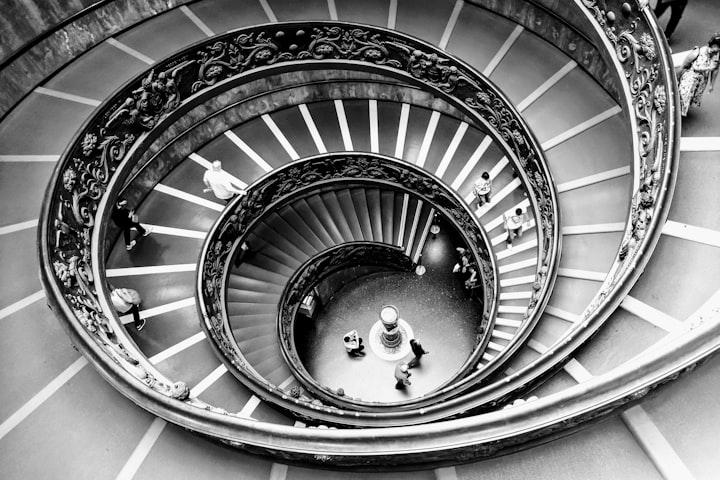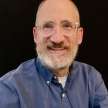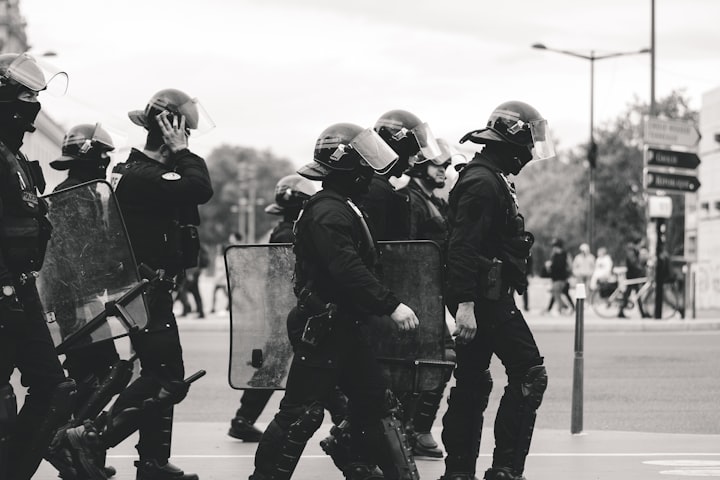Circles of Kindness and Inclusivity
From pencil on paper to real life

He drew a circle that shut me out –
Heretic, rebel a thing to flout.
But love and I had the will to win:
We drew a circle and took him In.
- Edwin Markum (1852-1940)
Those four lines from the one-time Oregon Poet Laureate Edwin Markum prompt me to pick up a pencil and some sheets of blank paper.
With pencil on paper, I can sketch a circle that includes family, friends, neighbors, work associates and all the unseen people and infrastructure that that make my life convenient, allowing me to work from home and live well in the midst of a pandemic.
On paper I can draw a circle that includes science and medicine and the development of life-saving vaccines. I can include thousands of years of technology, innovation and education that allow me to move my fingers over a small illuminated keyboard. Instantly my eyes and brain perceive letters, words, sentences and paragraphs appearing almost magically on a screen no larger than a sheet of type paper and no thicker than a magazine.
On paper I can draw a circle that includes all children, those who live in poverty as well as the children who may never know physical hunger but may long for love or acceptance or protection from bullies at school or even members of their own family. I can include all parents, grandparents, all teachers and administrators, all physicians, nurses and first responders.
On paper my circle can include all of my peers who enjoy comfortable lives of meaningful work and privilege. I can redraw that circle to include all people, including those who face barriers because of their race, religion, homeland, gender, sexual orientation, and appearance, or a lack of adequate housing, and limited access to medical care, education and employment opportunities. I can expand the circle to include all with limited mobility whether it be in a wheelchair or behind the bars of a jail or prison.
On paper I can draw a circle that includes my neighborhood, city, state, nation, hemisphere and planet. I can expand my thinking to include our solar system, our Milky Way galaxy and the ever expanding universe. My circle can include all living things and all things—earth, fire, water and sky—that support millions of species of life on this planet.
On paper I can draw a circle representing the eye piece of a microscope and envision my body’s trillions of cells and the interdependent organ systems keeping me alive. I can multiply that by the 8.7 billion human beings now alive on Earth and marvel in the reality that even identical twins are unique individuals. Yet we are all the same in that all need shelter, clear air and water, nutritious food and love and community connections.
On paper can I draw page after page of expanding circles and keep erasing and expanding the lines, but when I put all sketches aside, what can I actually do that will make a difference?
How much does my influence start with the way I say good morning to my wife? How does it then extend beyond our empty nest to our adult children, their spouses and our grandchildren?
Yes, the way I start my day can include a more loving approach.
Yes, I can continue to serve as an ally of Women in IT Networking at Super Computing conferences. I’m grateful for the wide range of women and men, students and professionals I’ve met and worked with from all over the world while volunteering at these these international conferences.
Yes, I’m looking forward to attending Zoom sessions on Women in Health, Medicine and Science sponsored by my university. They're worthwhile and I'll continue to be involved, but what if my enthusiasm for building electronics with a grandson leads a granddaughter to think, grandpa’s too busy for me? How can I make sure she’s included and that and assure her that I support her interests and passions?
One solution is included in the last two lines of Markham’s four line poem. He combines love with an expectation that inclusion can be won. Such expectations can help me see the world and all that’s in it with greater clarity. An expectation of winning can inform my day-to-day and moment-to-moment decisions.
Markham’s poem ends with these four words: “and take him in.” That’s an action of inclusion. To “take in” is something I can do better with my wife and granddaughter. It’s something I can do better with my sister and nephew. It’s something that include my family, friends and co-workers and fellow volunteers. It’s something I can aspire to in all the relationships—seen and unseen—that touch and enrich my life.
When I put my sketched circles aside, these actual relationships will draw my real circles of kindness and inclusion.
About the Creator
Rich Finlinson
Speaker, swimmer, writer and grandpa






Comments
There are no comments for this story
Be the first to respond and start the conversation.